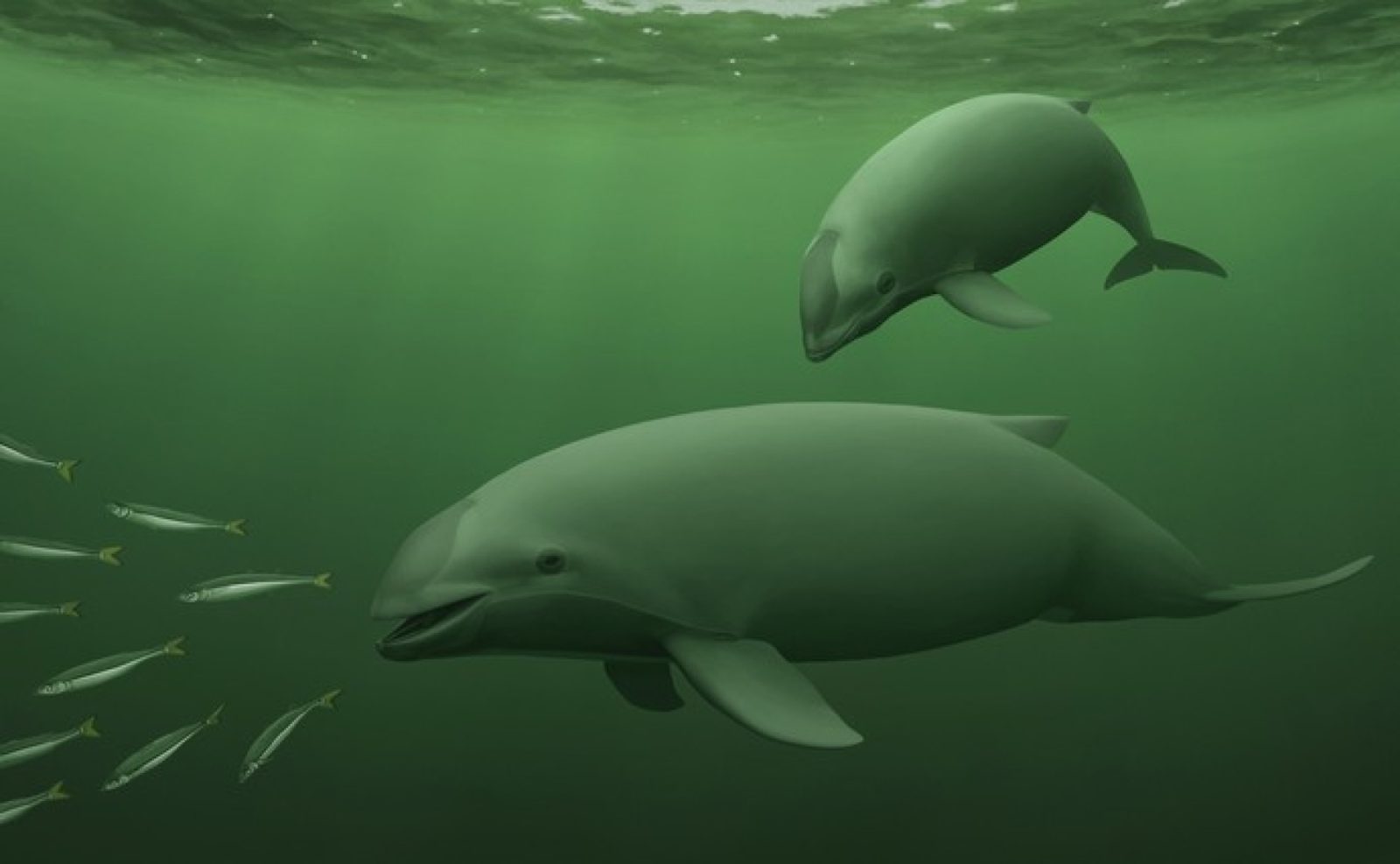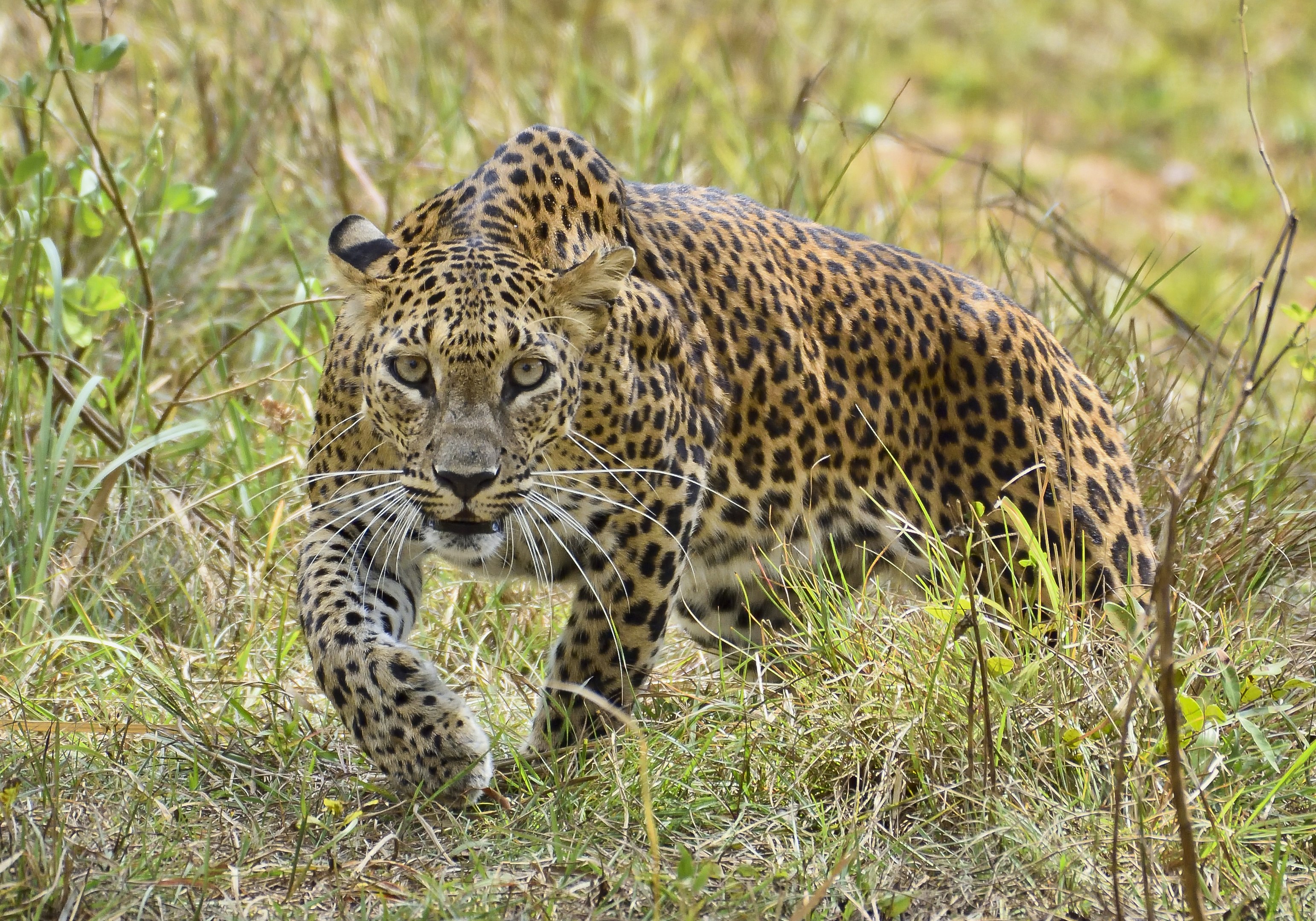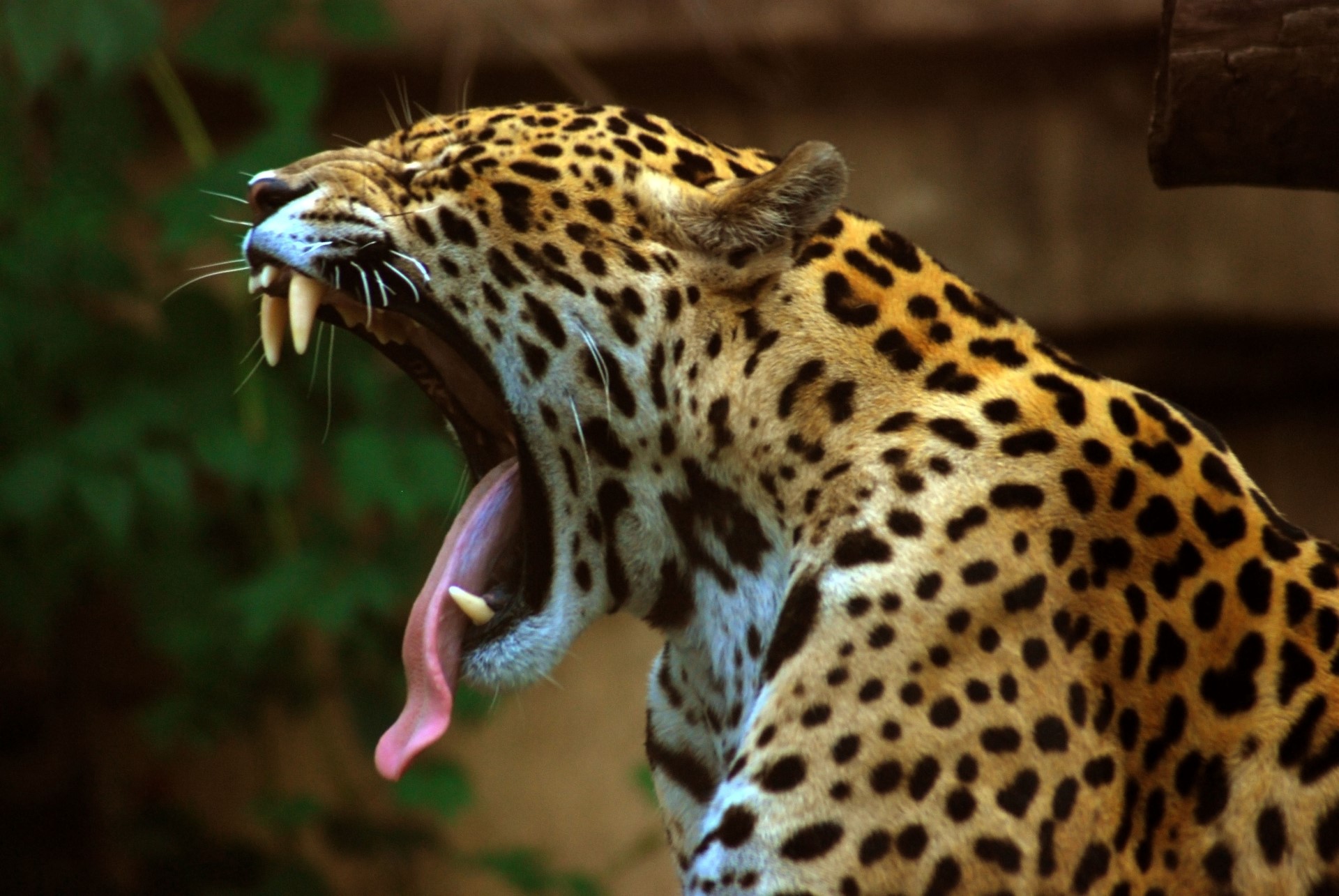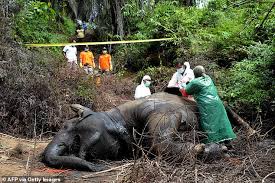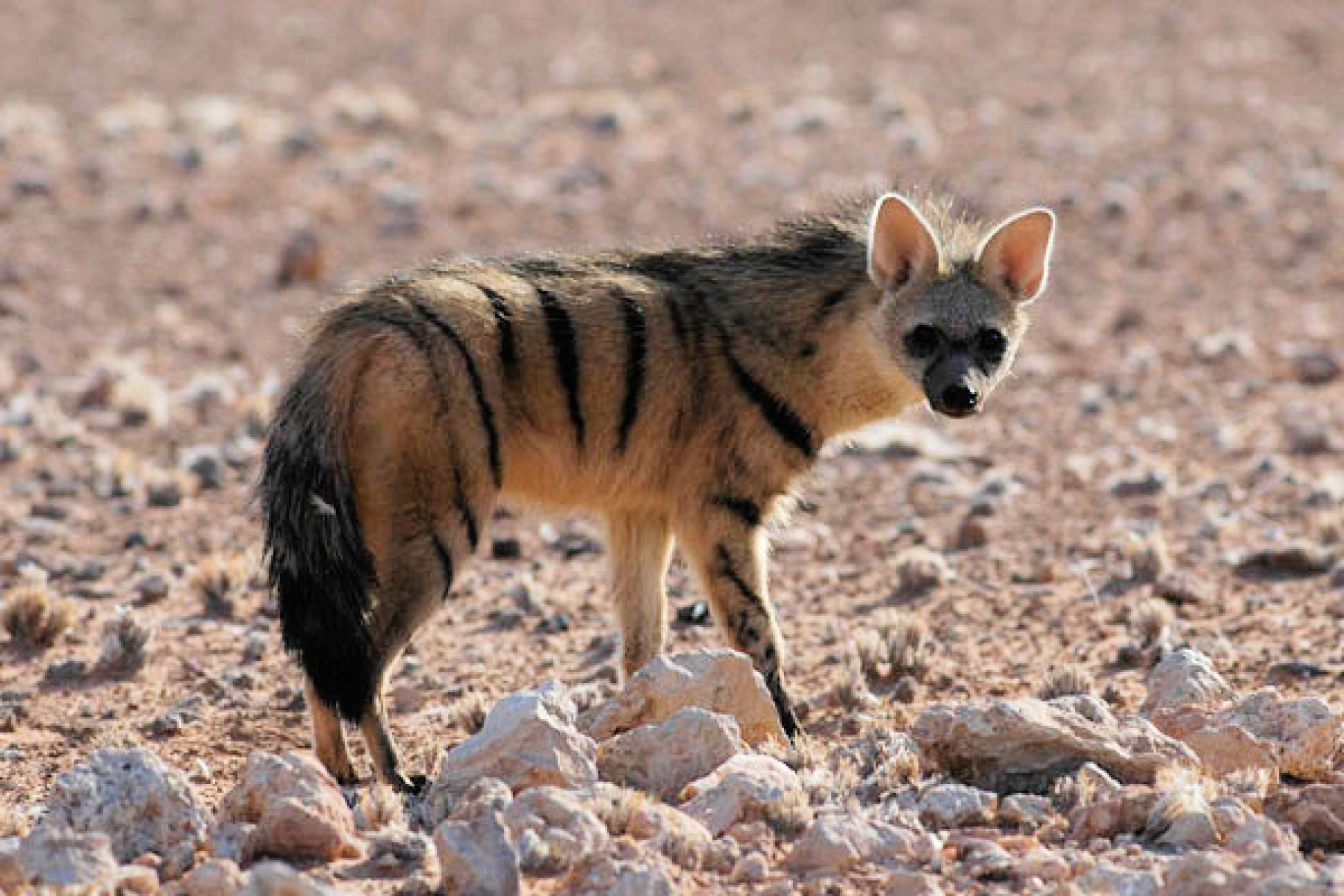
Aardwolf
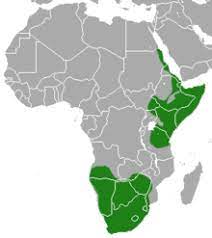 The aardwolf is the smallest member of the Hyaenidae family, as you can see from the map, it is a species with two separated populations, one in East Africa and one in Southern Africa. It is insectivorous, and exclusively nocturnal, and is generally thought of as one of the harder animals to see in the wild. If incredibly lucky, you can see them feeding alongside Aardvarks, and even Pangolins, but this is rare. They favour open dry plains and savannahs.
The aardwolf is the smallest member of the Hyaenidae family, as you can see from the map, it is a species with two separated populations, one in East Africa and one in Southern Africa. It is insectivorous, and exclusively nocturnal, and is generally thought of as one of the harder animals to see in the wild. If incredibly lucky, you can see them feeding alongside Aardvarks, and even Pangolins, but this is rare. They favour open dry plains and savannahs.
Looking at first glance rather similar to a thin striped hyena, but with a black mane running from its neck, down its back, it can raise this during a confrontation.
As it ages, it can loose its teeth, however, due to the softness of most insects, this is not the death sentence that it is in many wild animals.
They will defend a territory from others, that covers 1-4 square km, during the breeding season, but are solitary the rest of the time. Both sexes mark their territory, and they will maintain as many as 10 dens throughout their territory, giving them a nearby bolt-hole should danger approach.
They are careful not to destroy a nest that they raid, and will remember where they are, so that they can return for another meal a few months later.
They generally have a density of 1 per square km at most (though this is far higher than animals like lions.
While some farmers mistakenly kill them, thinking that they threaten their livestock, their diet of insects is often good for the farm animals. Their hide is worth a little.
Below is a video of this species and below this is a list of any articles that mention this species. When we have more contacts, you will find them below the news section.
In Africa the big 5 is famous, what is the UK’s equivalent
- Tim
- August 31, 2020
Apart from b the big 5 and ecotourism big 7 there are a whole host of 5s that have been invented-some are relatively easy, others almost impossible
Big 5: lion...

